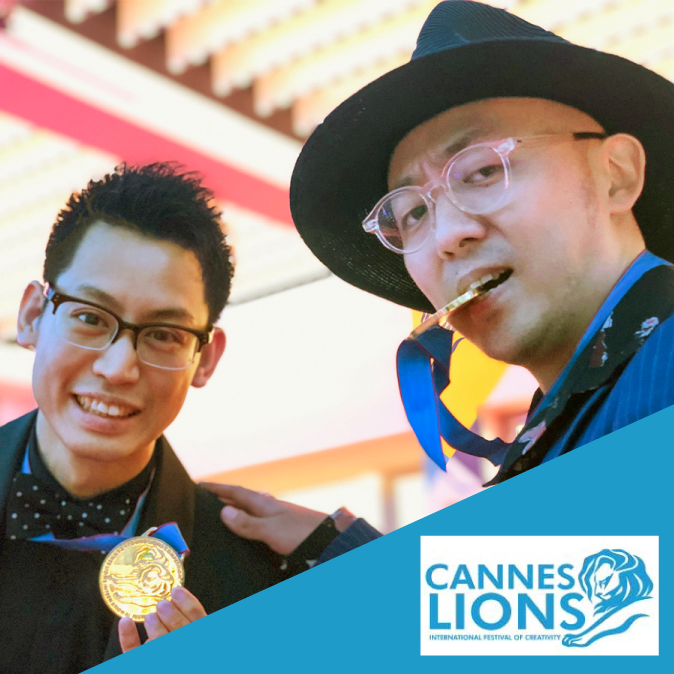- Viewpoints
My Creative Hack is a series of articles that introduces tips, practices, techniques and know-how that our experts use every day in their work to come up with new ideas, pinpoint the best ones and foster team work, etc. Here Takumi “Anhelo” Sekiya, Activation Planner & Copywriter at TBWA\HAKUHODO , suggests ways to get the most out of social media as a tool for creativity.
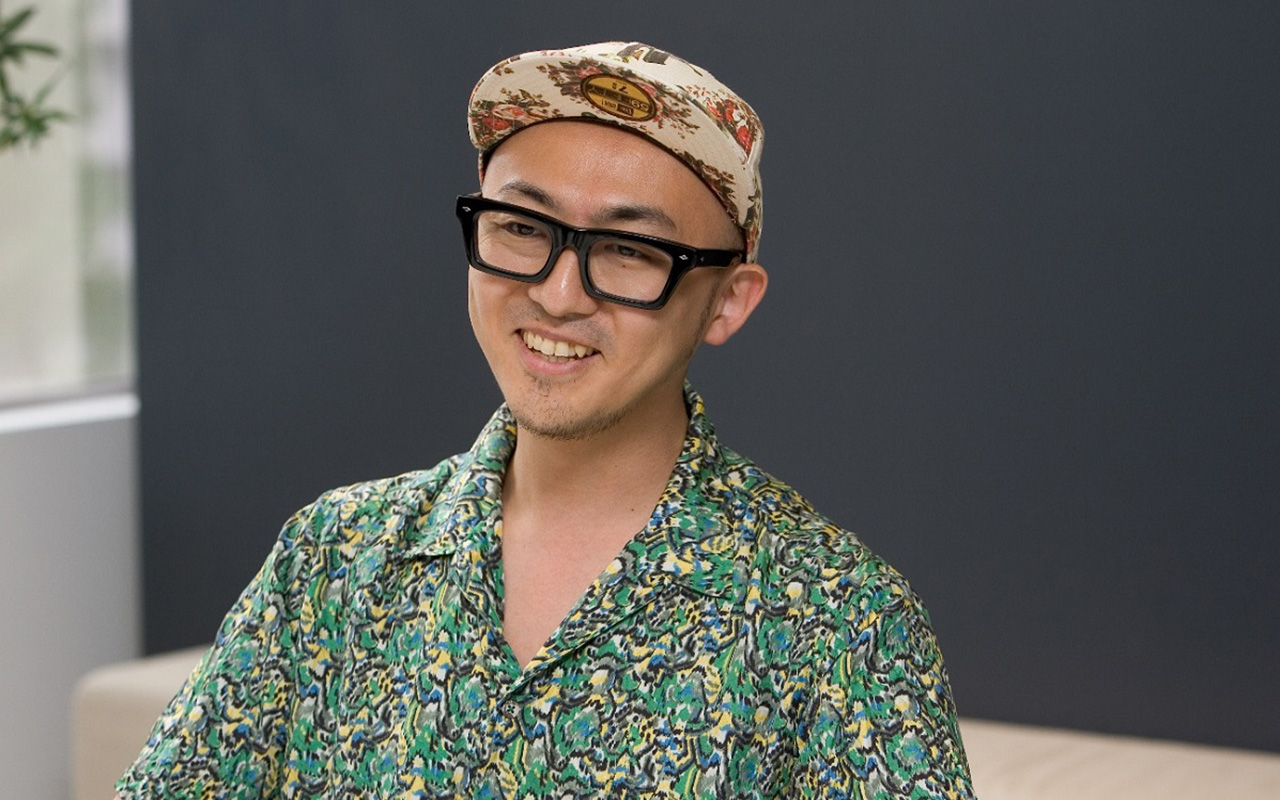
Don’t pretend to know something just from seeing it on your timeline
I believe that input is the source of our creativity.
The more input we have, the more creative we become. Continuously adding new input is crucial for creators. But with our busy lives, it is easy to think we know the trends of the moment just by seeing them on the Net. However, we miss the essence of the trend this way. To prevent this, I make a point of experiencing a trend myself.
Patrol social media and go
I constantly keep an eye on trends via social media. Social keeps me abreast of trends in the real world faster than TV and any other media. I always have Twitter, Instagram and other social media windows open on my computer, even during meetings. I “Like” things that are creating a buzz on my timeline to “memo” them. These “memos” can provide hints when I’m thinking about a plan.
I don’t just “memo,” but actually experience the trend. Experiencing something myself gives me ten times the information that looking at in on a smartphone does. It allows me to analyze why it is trending and what the key points are.
One time a tweet that said “Chinese people’s wedding photos are something else” lit up social media. The photos had flashy outfits, backgrounds and colors, and were also sophisticated.
Seeing that, I went to China myself and had wedding photos taken.
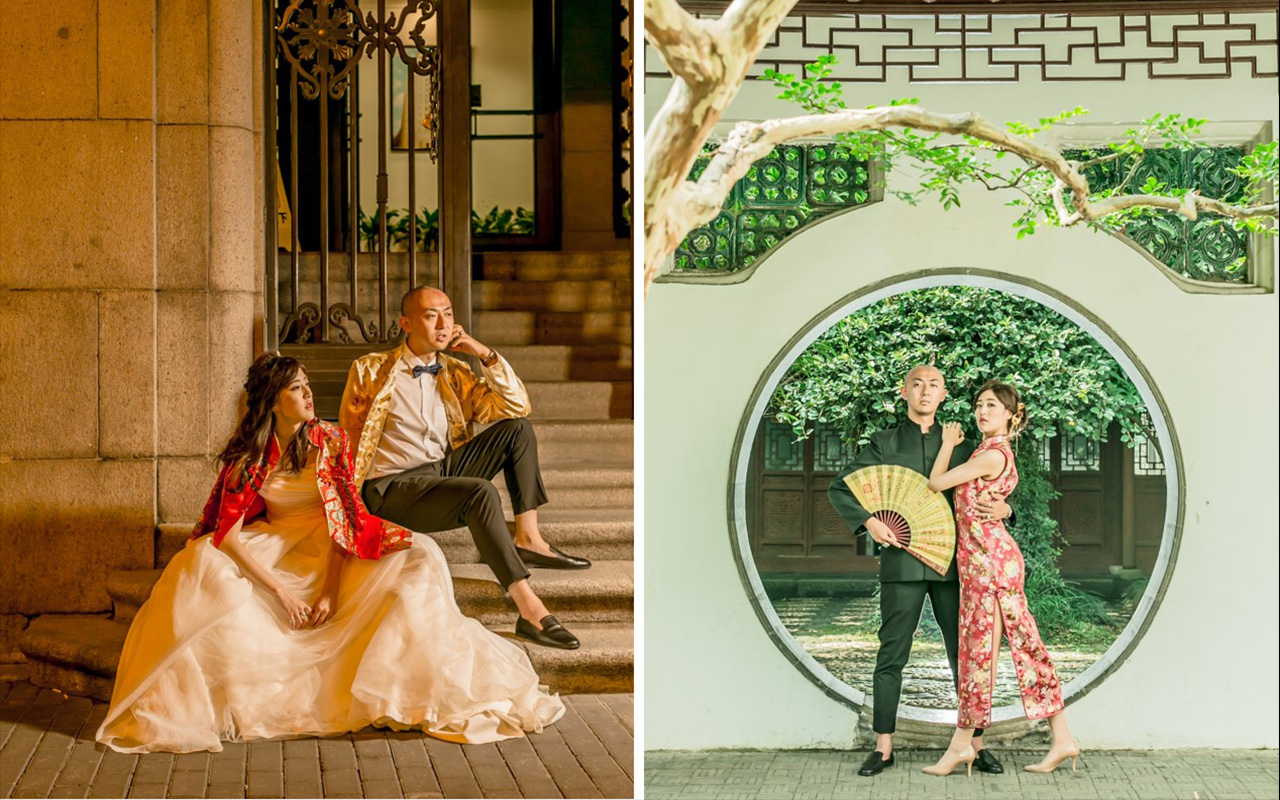 Wedding photos taken in Shanghai
Wedding photos taken in ShanghaiGetting beautiful pictures wasn’t the only cool thing about having the wedding photos taken. I got dressed up in outfits I would not normally wear, went to photogenic spots and was treated like a top model while having the photos taken. The very experience of having the photos taken was unusual and lots of fun. Modern people might think that getting the pictures will be great, but the actual process of having them taken is also good fun.
What makes it different from Japan are the large number of outfits and the retouching.
In China, you change outfits five or six times for a one-day shoot. Wearing various outfits I would never wear in my everyday life was great fun. People love dressing up. And then there’s the retouching. In China, they go all out retouching your face and body in Photoshop. (Just like we do in the ad industry.) You become unrecognizable in your own photos. I’m sure lots of Japanese couples will go to China to take their wedding photos from now on.
Moreover, actual experiences can be used when you make presentations.
We presented an idea about eating insects at the Young Lions Competitions at Cannes Lions. I had eaten insects before, so I conveyed to the judges what it’s like to eat them and what they taste like based on my actual experience.
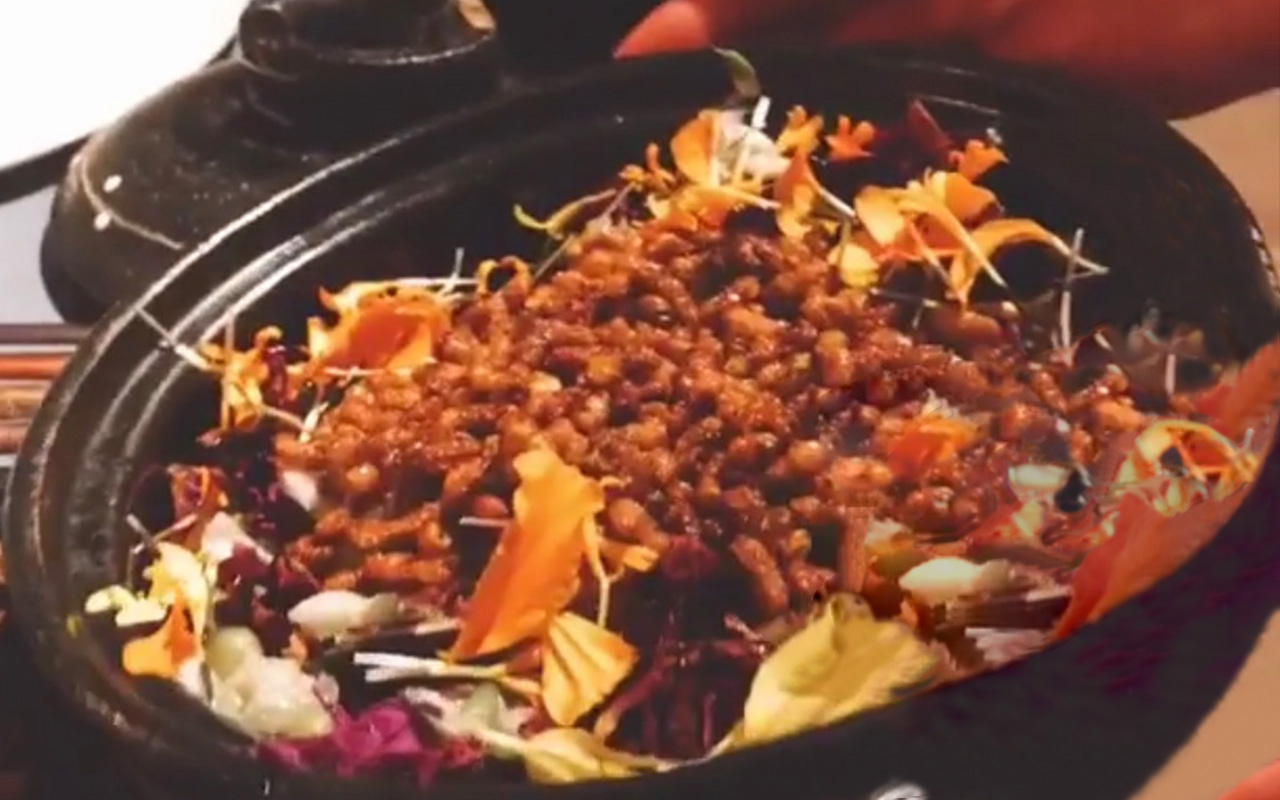 Hachinoko (bee larvae) rice in an earthenware pot, which I experienced in Japan
Hachinoko (bee larvae) rice in an earthenware pot, which I experienced in JapanStories based on actual experiences are easy to listen to and easy for audiences to remember. The rich real experiences of a presenter are critical to the act of storytelling at a presentation.
Posts on social media are memos shared with others
I share things on social media that I actually experience. This enables my colleagues who follow me to experience them virtually, too. Sometimes this even leads to new work coming in from someone who saw a post. I’ve had restaurant business work come in from someone who saw my food posts, and a space design request come from someone who saw my architecture posts.
Social media posts can be an effective way of taking memos, too. By adding a unique hashtag to my posts, I can find them right away when I’m working on a plan. I don’t just look back over my own social postings either; I sometimes also look back over famous creators’ and influencers’ old posts. Effectively, I’m using other people’s social media as notebooks. Social media are notebooks shared with the world. These days, memos are not something you do just for yourself.
It’s also important not to just be a lurker on social media. If you are read-only, you will not be able to understand people’s desire to share things. By posting yourself, you will come to understand the line between things that people will and won’t want to share. If you don’t understand this, you’ll end up creating content that no-one shares.
For today’s creators, it’s important not only to experience things we see trending on our timelines in real life, but to also experience sharing things on social media ourselves.
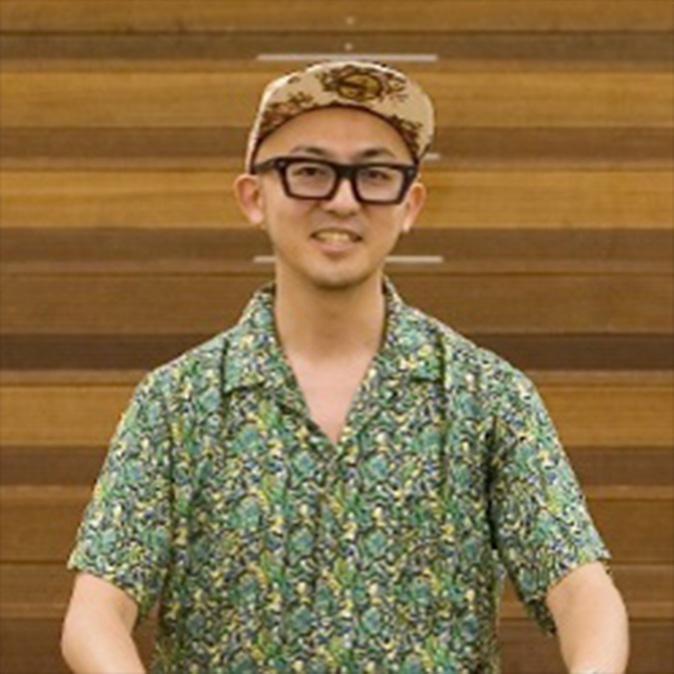
TBWA\HAKUHODO













